
The beautifully filmed ad with the bright-eyed boy was released on Saturday, the same day I received a roughly shot video of Benny, aged 11, his face wet with tears and snot, surrounded by Northern Territory police and public servants. He was wretched, pleading to be heard before he was hurled unceremoniously into the caged van.
The boy in the ad sweetly asks: “Will I be recognised by decision-makers of our country?”
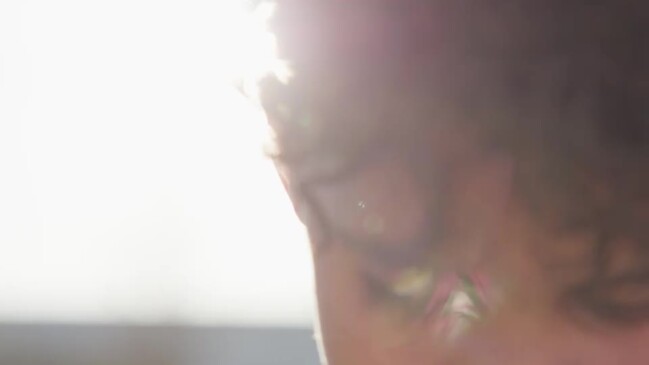
The sobbing boy in the paddy wagon has been abandoned by the decision-makers of our country.
Benny’s case should not play out in the murk of the voice referendum campaign. It’s a young life we are talking about here and it’s above politics.
But as I watch Yes and No campaigners swirling the country voicing their earnest and heartfelt hopes and dreams for Indigenous people I can’t help but wonder: Where are the voices questioning the treatment of this boy?

They’re certainly not coming from the NT government, the Chief Minister Natasha Fyles, the Territory’s federal politicians, Aboriginal and Torres Strait Islander Social Justice Commissioner June Oscar, National Children’s Commissioner Anne Hollonds or federal Indigenous Australians Minister Linda Burney. Not publicly, anyway.
By staying silent, by appearing to blithely accept that this forced removal of an Aboriginal child by armed police was entirely proportionate or appropriate, not worthy of a question, comment or public statement, they effectively are condoning it.
They don’t have to go into the long and sorry story of this child, removed from this mother at just seven weeks of age – although his well-documented history is a study into the ongoing effects of family disruption, disadvantage and a foster-care system barely fit for purpose.
Such is the secrecy around this case that Fyles and Police and Territory Families Minister Kate Worden will not confirm if there is a review or investigation into the manner of his removal.

His siblings don’t even know where he is now, how he is faring after Friday’s troubling events, what – if any – support he has received.
Nothing to see here, the NT government may as well say; it’s OK to throw Indigenous kids who have done nothing wrong into a police cage and spirit them away. Perhaps it happens so frequently they can’t understand what the fuss is about.
“If this had happened on the streets of Sydney, if some kid had been treated like this, worse than a stray dog, there would be riots,’’ Indigenous campaigner Rodney Dillon said.
“If they did that to a white kid there would be upheaval, and there should be upheaval.”
Perhaps politicians are so busy campaigning that they haven’t stopped to look at this 11-year-old boy’s plight, exposed in The Australian on Tuesday.
This is what they would see. A struggling child being manhandled by police out of his home to a police wagon on the street. He is distressed, doesn’t want to leave, pleads with them to let him go and then screams “No, no, no’’ as they pick him up and shove him into the steel cage of the van.
To be clear, he’d done nothing wrong. He was not involved in any criminal investigation and was in no danger in the home of the couple who raised him from when he was a baby until the age of nine, when he suddenly was removed by the Department of Territory Families, Housing and Communities for reasons the couple still dispute. His two siblings live here and this boy, who has been cycled through at least seven foster placements in the past two years, wants to live here too, with the people he calls Mum and Dad.
But the department says no. His white Mum and Dad are no longer certified carers, trapped in a cycle of ongoing discussions with the department, so Territory Families brought in police to have him removed like a criminal.
It looked to be an “entirely disproportionate response to a child who had committed no crime and caused no harm to himself or others”,’ said Maggie Munn, a Gunggari campaigner and national director of Aboriginal-led justice coalition Change the Record.
“Any Australian parent or caregiver should be extremely concerned by what we allow to happen.”
Dillon, the Indigenous adviser to Amnesty International Australia, has been around for a while; he knows how these things play out. “The politicians, the people responsible for this happening will just ride out the storm and then nothing will change,” he said.
Sadly, it seems he is correct. Fyles and Worden have made it clear: they won’t be held to account for what happens to vulnerable kids in the “care” of the state. And we wonder why distrust and fear still exists between Indigenous Australians and authorities.


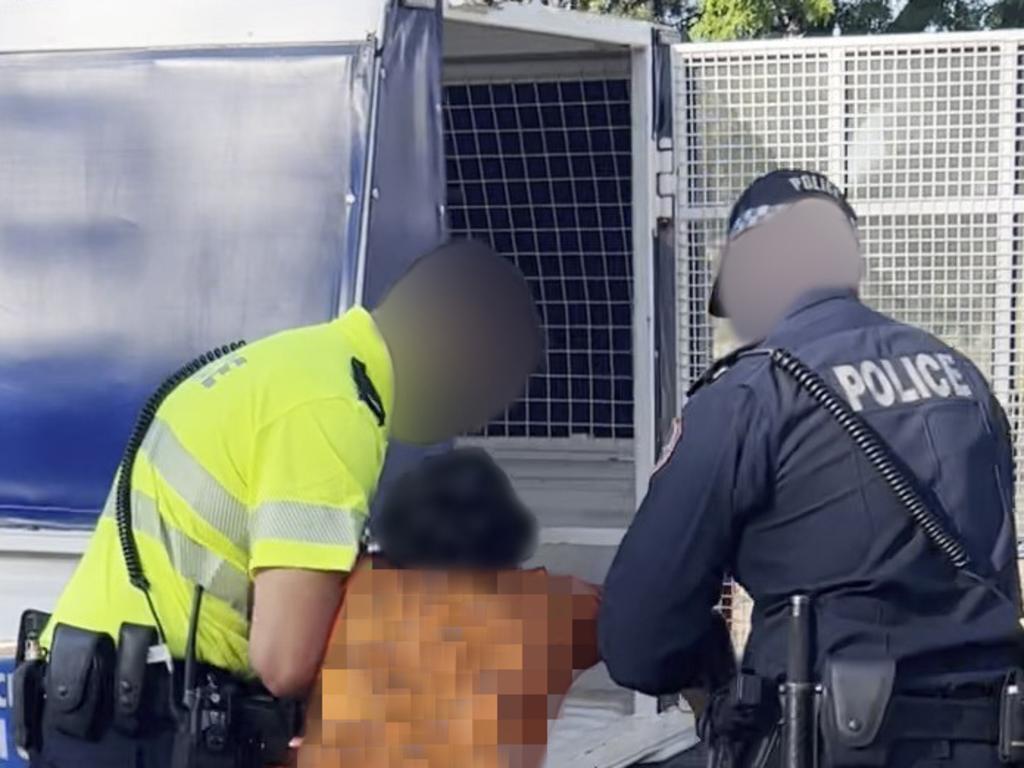
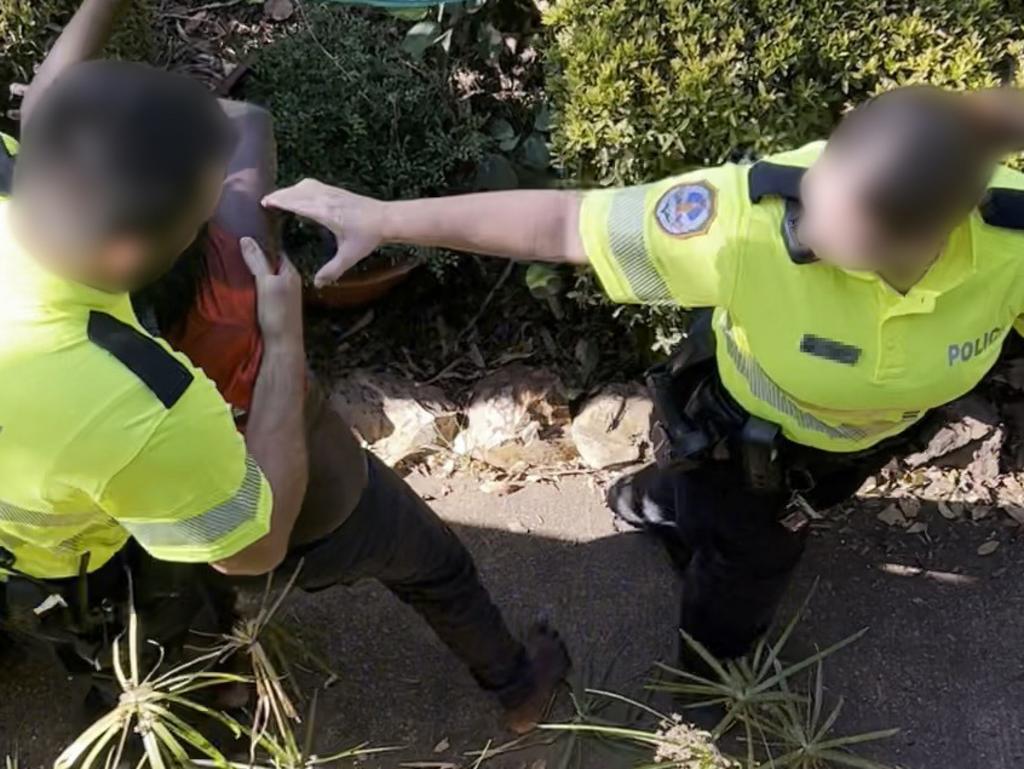
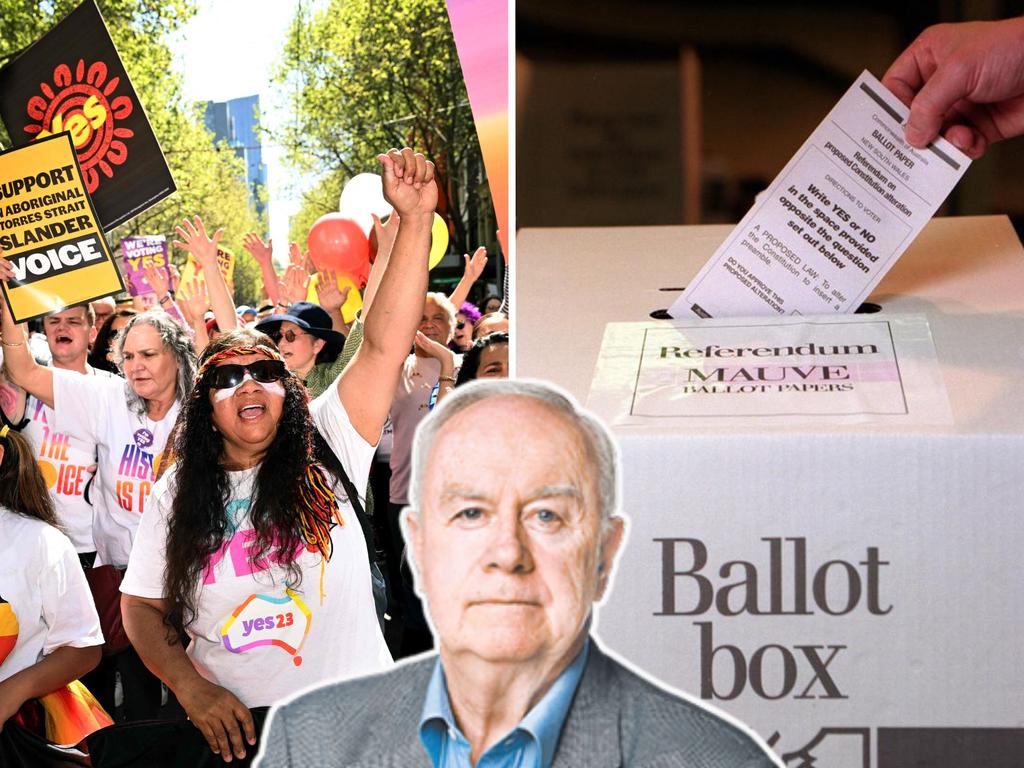
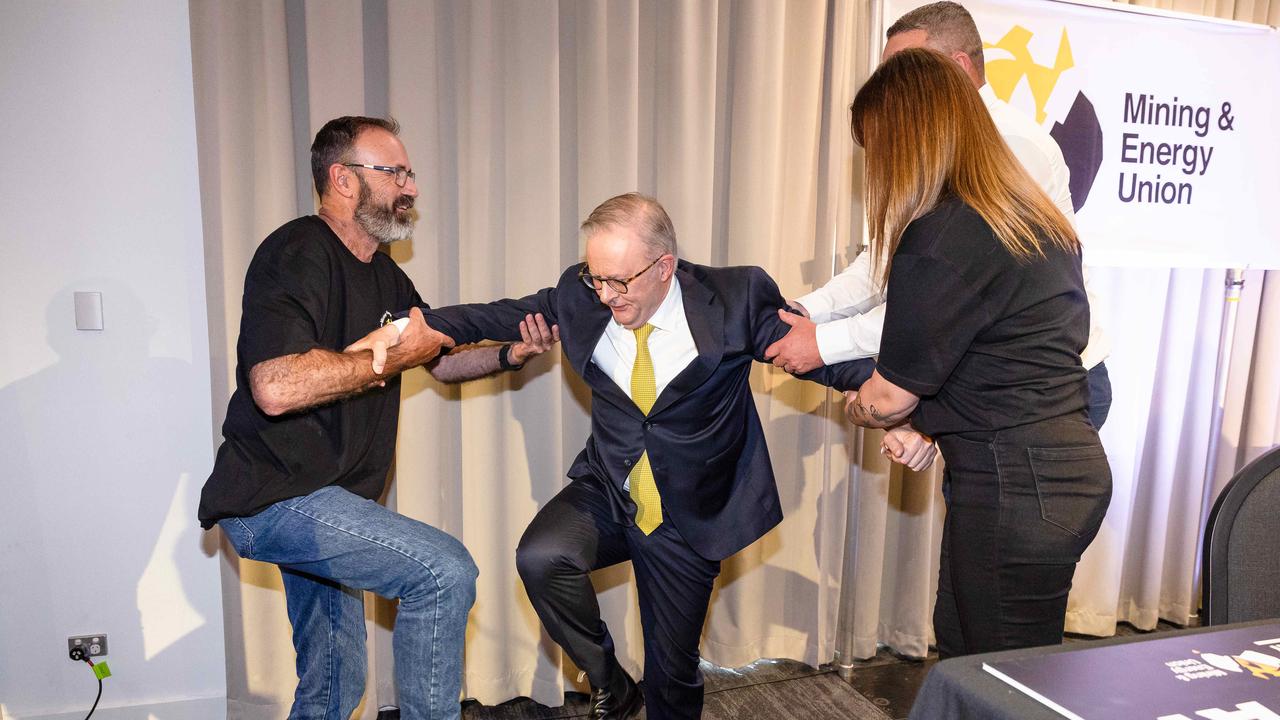

What a sad coincidence. Just as the Yes campaign was rolling out its shiny new advertisement featuring an Indigenous boy asking “Will I grow up in a country that hears my voice”, another young Indigenous boy was being wrestled out of his home by armed police and thrown into a paddy wagon.